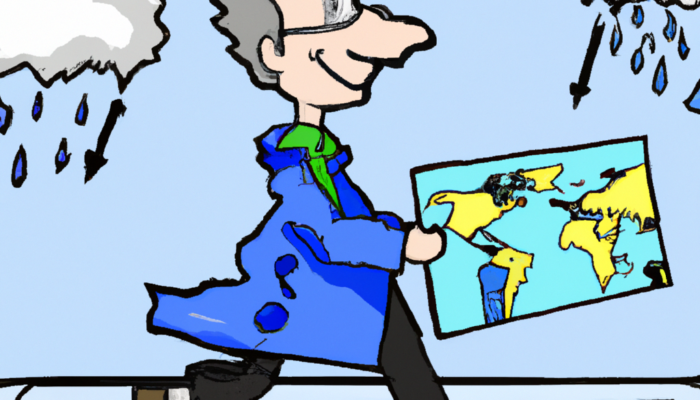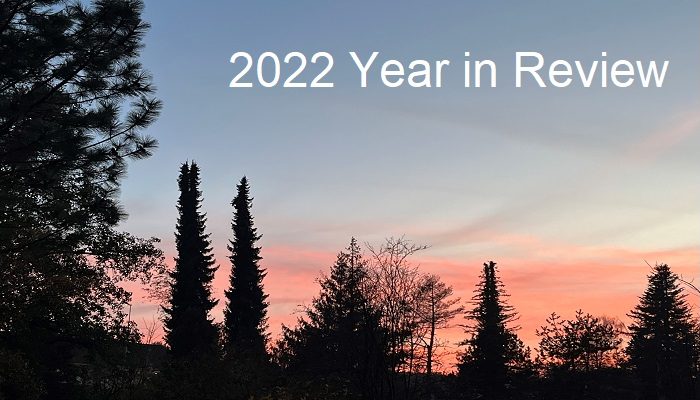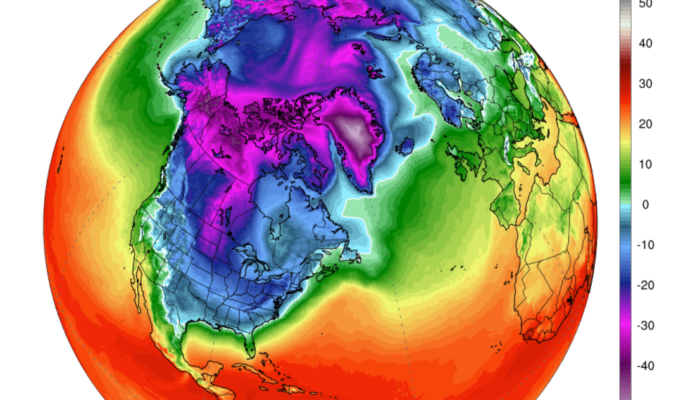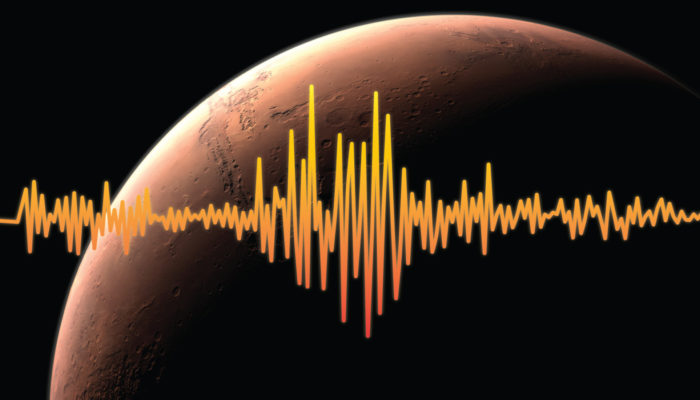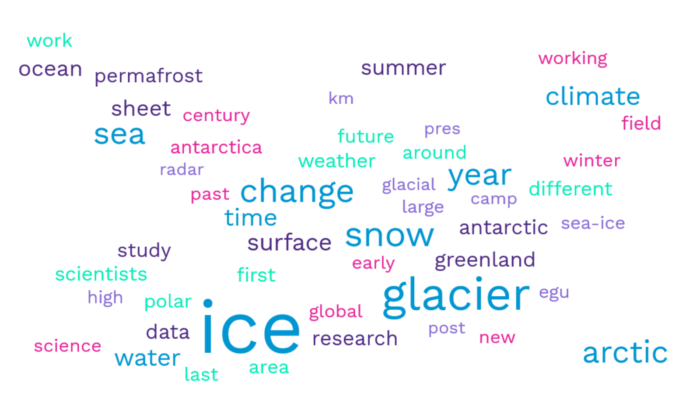Figure: DallE (the visual cousin of ChatGPT) has produced this image when I asked for “a cartoon showing a climatologist with research articles walking on a weather map” As a communication officer of the division of Nonlinear Processes I started to write posts for the EGU blog a few years ago and I found it a very difficult task: one has to find the right scientific sources about arguments ...[Read More]
Hydrological Sciences
2022 Recap of the HS Blog
Thinking about the past year, one of the highs of the year was definitely seeing the EGU General Assembly back to Vienna in May. The first-ever fully hybrid EGU meeting was a great success with over 12,000 presentations. Most of all, it was great seeing our hydrological sciences community meeting in person again. Many constraints prevented us from having all the features we love in the GA meeting, ...[Read More]
Nonlinear Processes in Geosciences
The Great Cold Debate: Is Climate Change to Blame for Extreme Cold Spells?
In December 2022, the United States experienced a severe cold spell, with record-low temperatures being recorded in many parts of the country. While it is natural for cold spells to occur, the question has arisen as to whether climate change is playing a role in the intensity and frequency of these events. There is ongoing debate among scientists about the relationship between climate change and ...[Read More]
Geodynamics
Holiday movies to watch
Iris and Menno have made fantastic science movie recommendations in the past couple of years – covering the base for bad-science movies. Since the AGU frenzy is finally over and the upcoming holidays beckon us, I went in a different direction and prepared a list of some of my feel-good holiday movies. 1. The Little Prince This is a fantasy movie based on a popular children’s book. The movie is cen ...[Read More]
Geodynamics
The Sassy Scientist – Who Let The Dogs In?
Who doesn’t want to make themselves more at home at the office? We spend a lot of time there and there is nothing wrong in making it more homey for ourselves. But you wouldn’t want your colleagues to make themselves too much at home at the office. My office mates wouldn’t want me to keep my pet tarantula at the office. That’s why I had a sweet and short answer to Bob’ ...[Read More]
Natural Hazards
Reducing housing vulnerability to natural hazards – Interview with Dr Eefje Hendriks
The impact of natural hazards on vulnerable communities can be devastating, causing fatalities, damaging houses and livelihoods, and pushing people into poverty. These disasters make them even more vulnerable. A growing line of research identifies actions and tools to reduce vulnerability and make communities more resilient. An interesting and crucial part of this research investigates the role of ...[Read More]
Seismology
Marsquake Detection with Machine Learning Methods
We interview Nikolaj Dahmen, a PhD student at ETH Zurich’s Institute of Geophysics, about how he uses Machine Learning methods to detect Marsquakes using data from NASA’s InSight Mission…. Why are marsquakes important to detect? Marsquakes generate seismic waves that travel from its source through the interior of the planet. The recordings of these waves carry information about the medium through ...[Read More]
Geochemistry, Mineralogy, Petrology & Volcanology
The spinning life of early-career researchers – twirling until out of sync?
In the GMPV blog team we are a group of early career researchers (ECRs*) in their PhD or early postdoc stages. As ECRs we know that permanent positions in Academia are scarce and that we may face long postdoc careers, potentially entailing a rootless life for several years to come. In this blog, we highlight the other side of the ECR lives that fewer people know about, and that occasionally leads ...[Read More]
Hydrological Sciences
Scientific disobedience: where are our catchment boundaries?
On the night preceding Halloween, somewhere in the main police station of Munich, 15 people appeared one by one before a judge of the local court who notified them their deprivation of liberty, deemed as “indispensable in order to prevent the imminent commission/continuation of a criminal/orderly offence of considerable importance for the general public”. For most of them this preventive custody w ...[Read More]
Cryospheric Sciences
End-of-the-year special: this year’s Cryoblog
So this is the last post in 2022 for our blog. We have decided that this time, the topic will not be another exciting story about the science of ice and cold in their various forms. This time we are talking about the blog itself, so a kind of meta-post to take stock and understand a little better how our blog works, what it is about, and who our main authors are. To this purpose, we asked all the ...[Read More]

